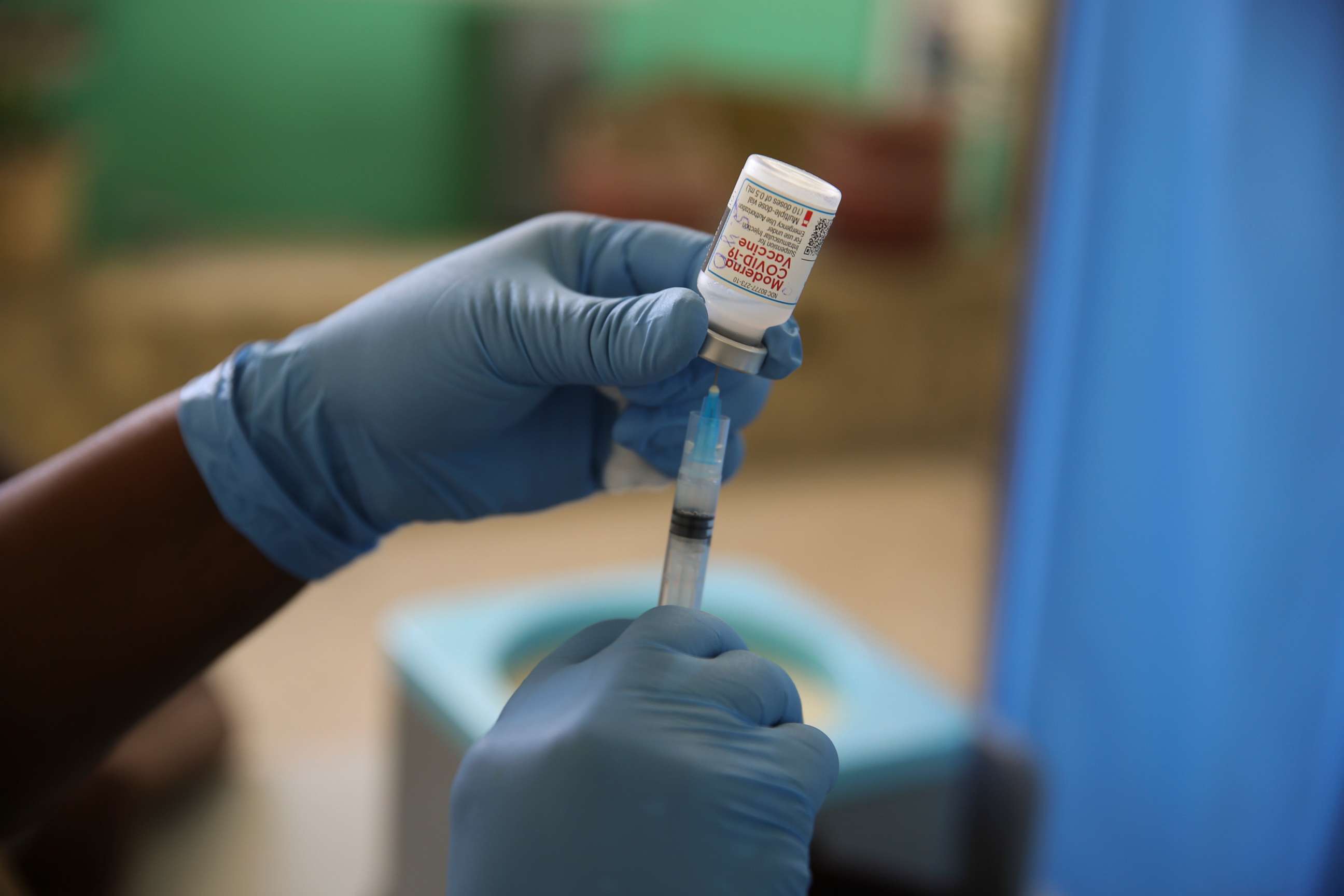Scientists monitoring new omicron subvariant BA.2
BA.2 numbers around the world are rising.
Even as the omicron COVID-19 variant continues to sweep the globe, scientists are now monitoring a new mutation of omicron, dubbed BA.2.
The World Health Organization maintains that BA.2 is not a "variant of concern," meaning there is no current evidence to suggest this new subvariant will worsen COVID-19 transmission, illness severity, or efficacy of vaccines and public health efforts like masking and social distancing.
BA.2 numbers around the world are rising, with at least 40 countries reporting cases to a global variant tracking database, but the subvariant has spread rapidly in Denmark and the UK, with almost half of recent cases in Denmark attributed to BA.2.
The subvariant has already been detected in several U.S. states, with Washington State confirming two cases Monday.
While over 8,000 BA.2 cases have been identified since November 2021, it is unclear where BA.2 originated. Even though the first sequences were submitted from the Philippines, numerous cases have since been detected in various places, from Europe to South Asia.
Given the rising numbers, health care organizations, like the WHO, are asking scientists to watch and study the new subvariant separately from omicron, to see if it behaves differently.
"It is the nature of viruses to evolve and mutate, so it's to be expected that we will continue to see new variants emerge as the pandemic goes on," said Dr. Meera Chand, the COVID-19 incident director at the UK Health Security Agency, in prepared remarks. "So far, there is insufficient evidence to determine whether BA.2 causes more severe illness than Omicron BA.1, but data is limited."
The evolution of COVID-19 subvariants is not new. The delta variant also had several subvariants, but scientists referred to all of them as delta. BA.2, however, has earned its own designation due to rising numbers across several nations.

Although it's been called the "stealth" omicron variant, the new subvariant, "can absolutely be detected through traditional surveillance mechanisms whether through rapid testing or PCR," said Dr. John Brownstein, chief innovation officer at Harvard University's Boston Children's Hospital and ABC Medical Correspondent.
Conventional COVID-19 tests can show a positive or a negative result, but they can't determine specific variants. For that, scientists need to do additional genetic sequencing. Conveniently, the omicron variant has a particular genetic signature that allows scientists to quickly and easily determine if the sample is omicron or not.
The new BA.2 subvariant does not have that feature, meaning scientists can no longer use this shortcut -- though they can still identify the subvariant using genetic sequencing technology. Because of this, the BA.2 subvariant has sometimes been referred to as the "stealth" variant. But for the general public, conventional COVID-19 tests will still work to detect the new subvariant.
Ultimately, while scientists and public health officials are urging continued research and surveillance, experts say there is little reason to worry.
"BA.2 is important from a public health perspective, but it doesn't fundamentally change at this moment, how we think about the impact in the population," Brownstein said. "A lot more work needs to be done to understand severity, breakthrough infections, and immunizations before you can make any statement about clinical relevance."
"While it's important to understand that in the family of omicron, there is a sub-lineage that is potentially more transmissible, it's not necessarily a cause for panic," Brownstein added.
Nitya Rajeshuni, M.D., M.S., a pediatrics resident at the Children's Hospital of Philadelphia, University of Pennsylvania, is a contributor to the ABC News Medical Unit.




